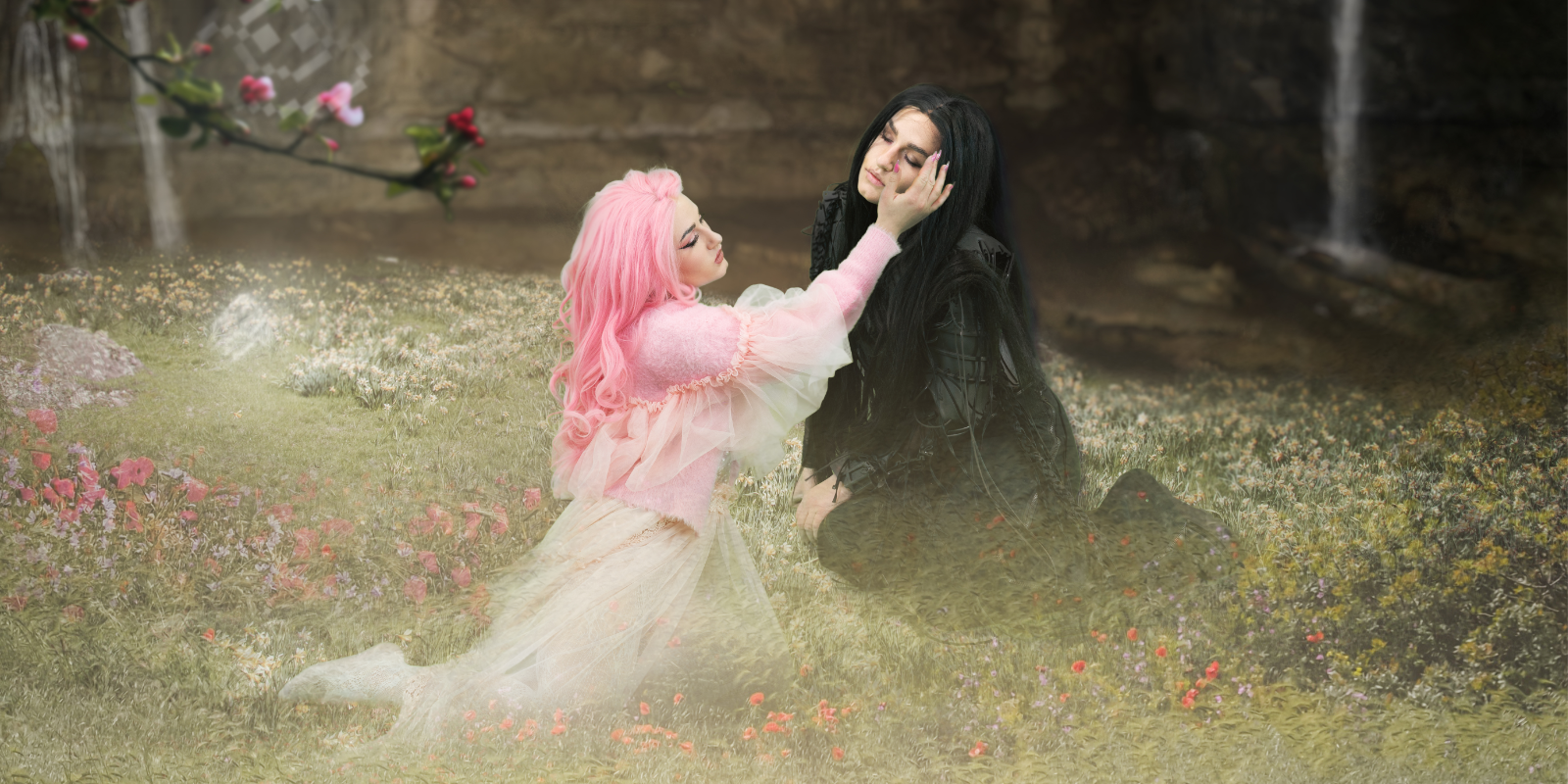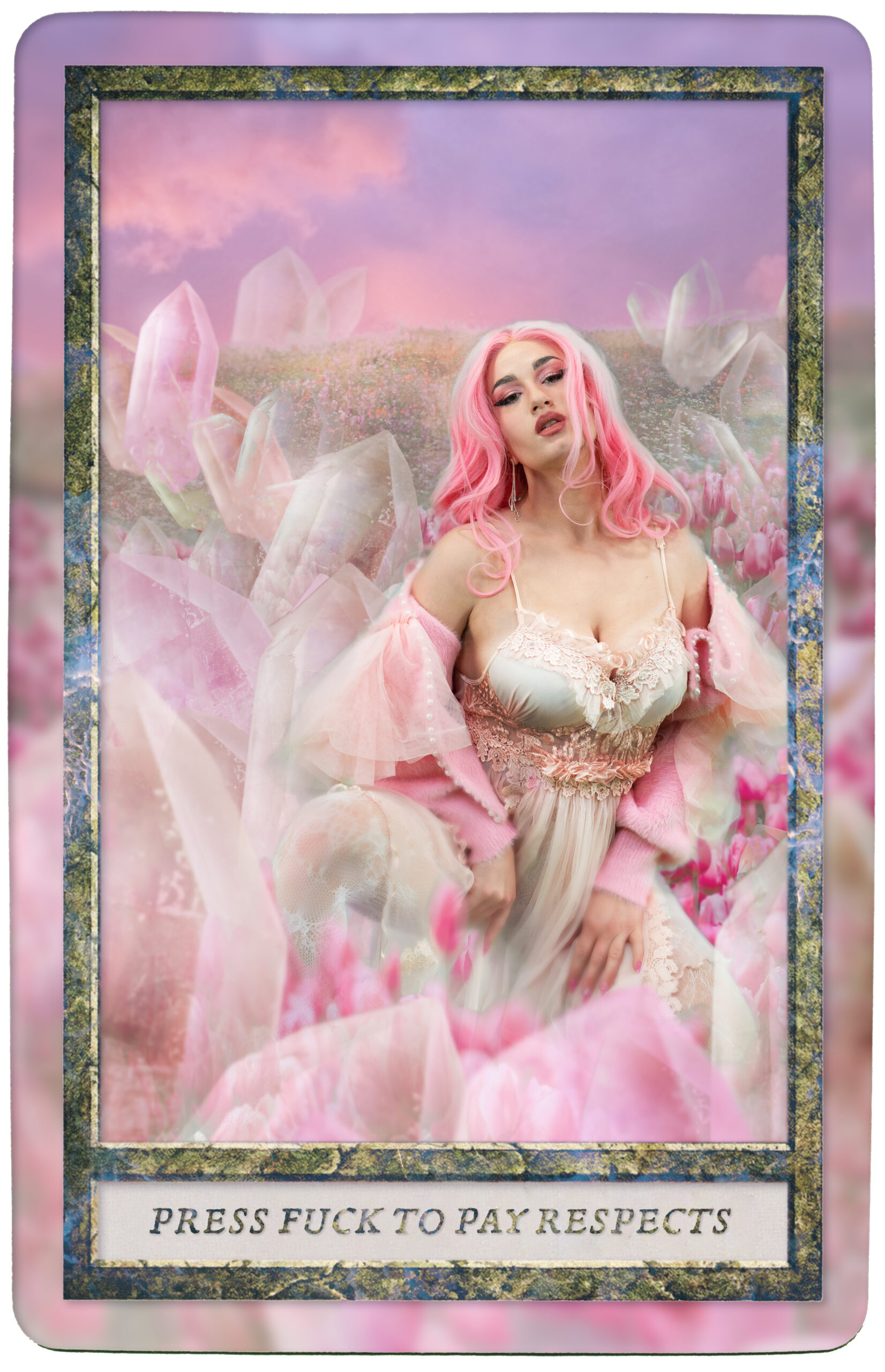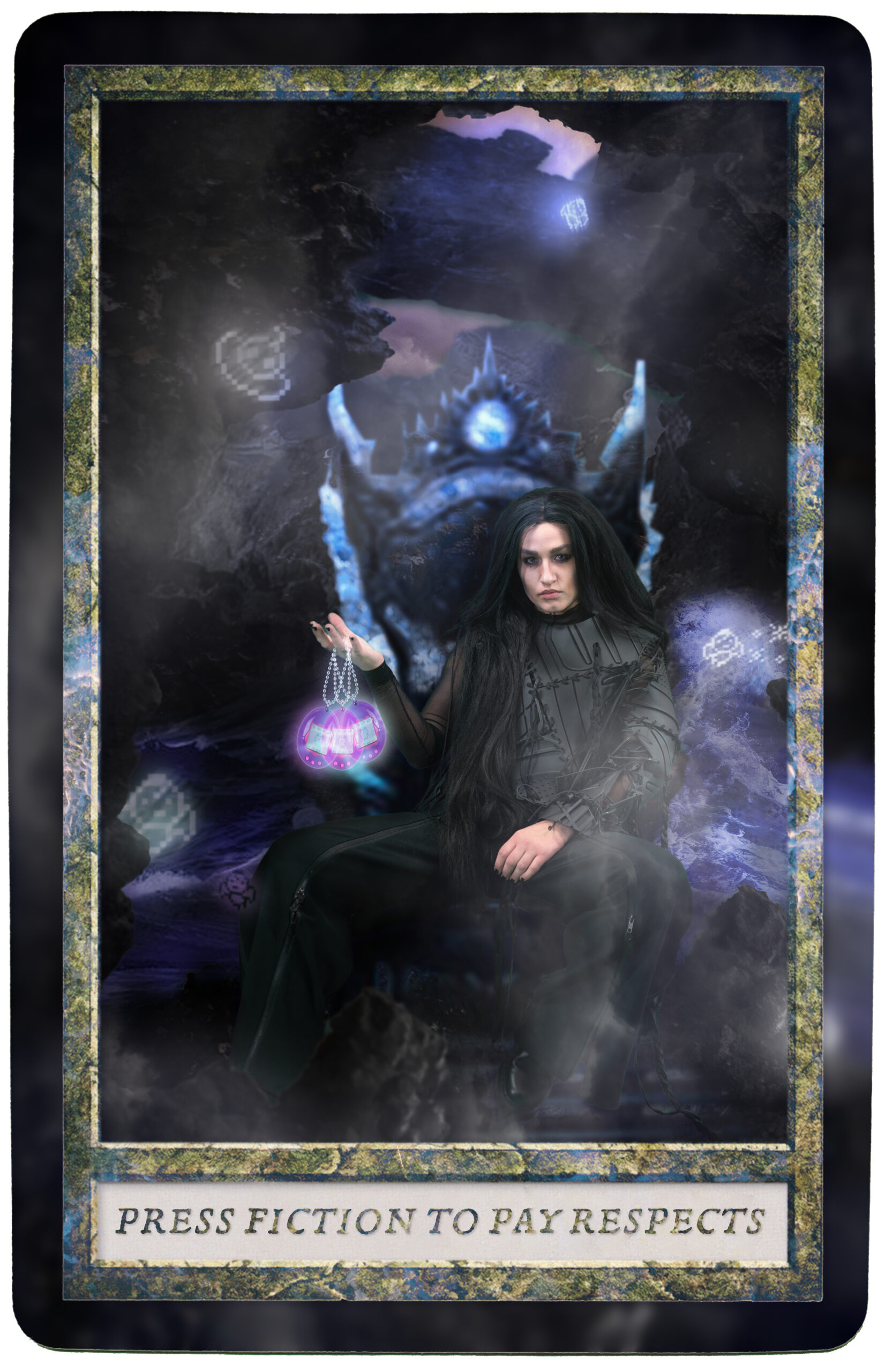Fandoms, Wigs and Horse-people – Interview with artist Jennifer Merlyn Scherler

Isabella Maund: Would you be able to share some of your first and most impactful experiences with internet communities, since they takes quite a focus in your work?
Jennifer Merlyn Scherler: The most memorable experiences I had were related to both being a “soccer person” and a “horse person”. There were these horse forums where people would come up with their own stories of caring for a horse and doing things with it, despite not having one of their own. We would write little blog posts in the forum on what we imagined we did and what it was all like. You could also design your own avatar as a horse and so on. The other was that I was really obsessed with the football player, Fernando Torres – I think I both wanted to be him and be with him. There were lots of fan forums about him, I really remember chatting with people. Those were some of the earliest memories of internet communities and being part of it. So, I think both were related to the “being a fan” thing, which I only came to realise a couple years ago. This has now really become more of the centre of my work and I think that being a fan is so much more than just a useless hobby.
IM: This sounds like a very creative and narrative based early experience of online communities. What process do you have for developing your characters, like their costumes and hairstyles? Do they also take on elements of yourself?
JMS: I like to refer to the costume as not really a costume, but rather as some kind of armor. They are all part of myself while also being a fictionalised person who I am not in my daily life. In the last two years I have built more concrete personas that I work with and that I continue working with in different artworks. They get reshaped for different purposes, but their main characteristics stay the same. They make references to certain internet aesthetics, there’s the bimbo who is a queer feminist who plays with this whole barbie look and being dumb, whilst actually being quite well reflected. Then there is the bad boy, as well as the wiser and rather esoteric person and finally there is always a narrator. I really enjoy the whole process of designing the characters, also in terms of wig styling. I get wigs and then I reshape them, not completely, but quite a bit. I think if I hadn’t gone down the academic path, I would have done an apprenticeship to become a hairdresser, because it’s really something I enjoy. I also cut my friends hair and I do the character’s make-up myself. But, for the work being shown in this exhibition I had more interaction with designers and was able to borrow a piece of wearable art from Mirjam Plattner, an artist friend of mine, that one of the characters wears. It’s been really cool and inspiring to collaborate.

Press Fuck to Pay Respects © Jennifer Merlyn Scherler 2023
IM: Hair and hair-cutting is an important topic in the queer community, very often when you go to the hairdresser you are reminded of the predominant culture of binary gender, men and women are separated. It’s hard to find a place to get a gender affirming haircut. With the characters, do you see this process of creating their wigs as a form of care?
JMS: I think so, it’s also tending to the character, you get to play with and shape these wigs. I am also a kid from the generation of youtube tutorials. When you look up wig tutorials online it’s mainly black people, especially black women, drag queens or cosplayers who are making the content. There’s so much information out there created mostly by these individuals about how to lay wigs, cut them, and all these tricks on how to make a cheap wig look more expensive by reducing the shine, plucking the wig and reshaping curls. So for me, I feel a lot of gratitude to those individuals who teach me these things – it’s people of colour and queer people who are spreading the wig wisdom.
IM: Is there a character you feel a particular connection to, like a favourite child?
JMS: I have a different love towards all of them, like in ancient Greek philosophy you had all these different types of love. I have quite a soft spot for the bimbo and the bad boy but I really rely on the narrator. He doesn’t get as much love as he should, it’s always the main three protagonists that get their own movie posters, but I think he’s super important. Within the characters I have, there are different expressions of gender that I also generally don’t get to explore as much in my daily life.
IM: In one of your pieces in the exhibition, Press F to pay respects, is reminiscent of tarot cards. Can you share a bit more about your ties to this topic and how it comes up in your work?
JMS: I have a very ambivalent relationship to things spiritual and esoteric. There is a big resurgence of interest into these strategies within our generation which I believe has a lot do with us losing consoling narratives about the world and life. While I can be very critical of it and have rejected it for my late teens and early twenties, it’s also something I grew up with, my parents would lay Tarot all my childhood, and analyse astrology, using pendulums and scents. I see (especially) Tarot as a narrative, the cards and their interpretations allow us a reading and explanation of things in our lives – and we need stories about the world to function. Be it Tarot, tellings in religion, myths or scientific descriptions.
IM: Your work is precise whilst also leaning into the kitsch, romantic and maximalist aesthetic. Historically, this has served as a form of queer revolt against mainstream ideas of gender and sexuality. How do these aesthetics play into your work?
JMS: It’s interesting because I have a very different aesthetic of what I do art wise vs. what I do in my personal home. In my home I like the earth tones and lean towards minimalism, trying to be as close to an idea of nature as I can. Then in my work I bring in a lot of colour, I think it has a lot to do with what you said – queer aesthetics and subversion. Another part is that I really try to make things enjoyable and emotional. I think for me at least, there are many different ways of generating emotions, but this kind of opulence can really help. It’s also inspired by what I grew up with. Xavier Dolan was one of my biggest heroes when I was a teen and his early films were super kitsch and colourful, with scenes that referenced music videos. It was completely surreal, but it also had an impact on my visual language. I think it’s super important to acknowledge where images come from. I don’t come up with it all on my own, it’s a combination of things that I have absorbed at different points in my life.

Press Fiction to Pay Respects © Jennifer Merlyn Scherler 2023
IM: You use the medium of film/moving image a lot in your current works. Do you see that developing in different directions for the future?
JMS: I think it’s something I question myself, I wonder how it’s going to develop and where it’s going to develop too. Originally, when I graduated high school, I wanted to study film. Then I did an internship and I didn’t want to study film anymore. But, I think it’s also this disillusionment that I feel, within Switzerland in particular, that you have a lot of people that end up in advertisement. I didn’t want to do that, I wanted more artistic freedom, so then I studied art. I think at the beginning of studying art, I kind of ditched film a bit and now it’s coming back more and more. It’s also where I feel the most precise in what I do. It’s the language that allows me to do the most and combines the things I really enjoy – writing scripts, performing, creating personas and looks but also editing, creating an image and world. Now I do the videos mostly on my own – the makeup, the wig, filming on my own, editing, etc., of course with some help, like having people watch it and getting some feedback. But most of it happens on my own and now I think I would be interested in collaborating more. For the new piece I have a collaboration music wise with David Zürcher, and it’s so enriching to create something which then get’s something added to it that you haven’t made, so you don’t know exactly how it will turn out. You get this outside perspective of what you are doing. I would really like to go back into film and work on sets to experience bigger productions and take that knowledge into my own work.
IM: Lastly, since you are quite the fandom expert, which fandom do you find most fascinating and are you currently part of any?
JMS: I think the interesting thing about fandoms is that you can get into one without knowing the source material. On TikTok you have a lot of these fan edits, which are just videos of films and what not. It’s this condensed version of what people are obsessed with in the fandom and you can start relating without knowing the actual film. At the moment I am researching the hunger-games fandom, so I’m currently re-reading the hunger games, which is a lot of fun. I haven’t read any novels in a long time. Just theory literature, so it’s a really welcome alternative. I used to be part of the Harry Potter fandom, but now partially because of JK Rowling and her transphobic views it’s a bit hard to support Harry Potter in the same way. I don’t think you carry fandoms with you your whole life, or at least not all of them. Wasteland, Baby! , shown also in this exhibition, refers in its title to Hozier’s last album titled exactly that way, which talks about keeping love in the apocalypse. He appears again and again in my works with little lyrical references, his fandom is quite interesting. On one side my fan-being of him, is very specific to his lyrics and not that much about him. I am not obsessed with him, I don’t think he’s hot – which is part of many fandoms. It’s really this focus on how he writes lyrics, which does a lot to my brain. But, he does have a super interesting fan community, which in some part consists of cottagecore people and of very politically active people because he has the intention of being a political musician. Then there is also a big lesbian community, people call him an honorary lesbian, for example. There is the myth going around that he is consensually possessed by a lesbian witch, and that’s why he’s able to write about women in the way he does. So I think that would be my fandom of choice, there are so many though – I can’t pick one.
Thank you to Jennifer Merlyn Scherler for taking the time to chat about their artistic process and work during the busy set-up at HEK. More information about the works exhibited and the accompanying program can be found here!